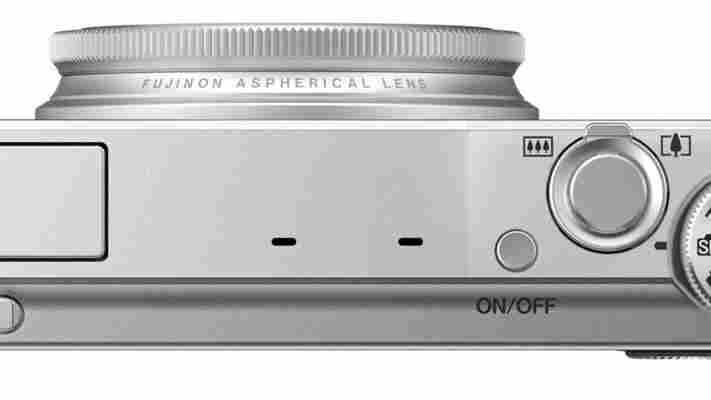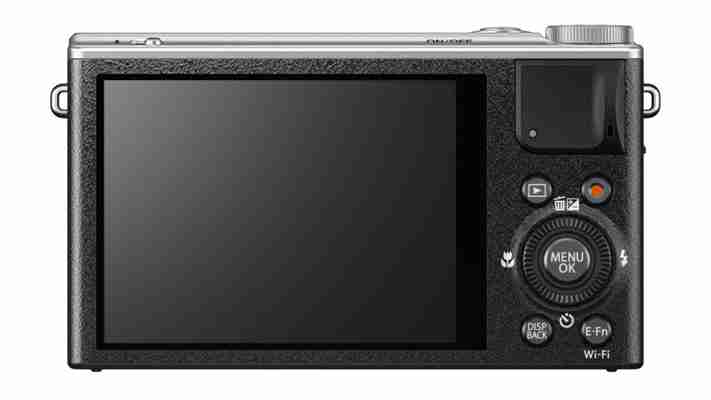The Fujifilm XQ2 may look like a run-of-the-mill compact camera but it shouldn't be underestimated. The two most significant specifications to influence image quality are sensor size and lens aperture, and the XQ2 ups the ante on both fronts.
The sensor measures 2/3in from corner to corner, with double the surface area of the usual 1/2.3in sensors. Meanwhile, the f/1.8 lens is four times brighter than a typical f/3.3 lens. That means eight times the light gathering ability of a conventional compact camera.
The caveat is that the XQ2's aperture quickly narrows as it zooms in. f/1.8 at 25mm is fantastic but f/3.6 at 35mm and f/4.9 at 100mm are less remarkable. Various other premium compacts maintain a wider aperture throughout their zoom range, such as the Canon G7 X with its f/1.8-2.8 lens – and it has an even bigger 1in sensor too. Then again, the G7 X is bulkier and pricier, so the XQ2 strikes an appealing balance.

The design is simple and smart but not quite as satisfying as the Fujifilm XF1 that came before it. The XF1 had similar specifications but included a mechanical lens ring to adjust the zoom, which doubled as a power switch when the lens was retracted into the camera body. The XQ2 uses a more conventional power button and zoom lever. There is a lens ring that can be assigned to zoom or various other functions, but it's not as responsive as a direct mechanical control. Elsewhere there's a mode dial, rear wheel and basic collection of buttons. Pressing E-Fn reassigns six other buttons to various functions. These can be customised from a choice of 14 options including ISO speed, autofocus area and drive mode. Overall, these controls work well enough but they don't have the same tactile efficiency of pricier premium compacts.

Wi-Fi is built in, and the accompanying iOS and Android apps support wireless transfers managed either on the camera or the connected device. There's an option to use a smartphone's GPS radio to geotag photos but it's more hassle than it's worth. There's no option to take pictures remotely. We initially struggled to get the camera to talk to our Android smartphone, but eventually realised that we needed the Fujifilm Camera Application app rather than the Fujifilm Camera Remote. The latter includes remote control functions but isn't compatible with the XQ2.
Fujifilm makes some grand claims about the XQ2's autofocus speed, with phase detection points built into the sensor to deliver autofocus in just 0.06 seconds. In our tests it typically took between 0.3 and 0.4 seconds between pressing the shutter button and capturing a photo – not as dramatic as the claims but still an excellent result. Shot-to-shot times were 0.6 seconds for JPEGs and 0.5 seconds for RAW. Continuous JPEG shooting was at an impressive 10.8fps for 11 frames, slowing to 3.6fps. RAW capture was at 8.9fps for eight frames, slowing to 1.8fps. These are all superb results, and contribute the general impression of an upmarket camera.











